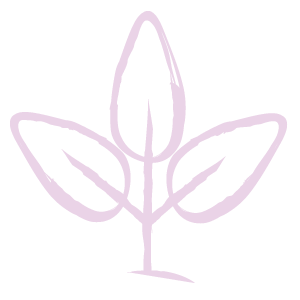Growing Dahlia Seeds
Dahlia seed can be harvested in the fall after old blooms dry up and seeds are created inside the old blooms. It is best to leave blooms on your plant for about a month prior to frost and then harvest the seed pods (dried up blooms) after frost, allowing them time to fully develop. It is best to dry the seed pods over the winter, not allowing them to mold. Some seed pods will not develop seeds, while other seed pods may have 1-20 seeds inside them. The bees have cross-pollinated them and each seed will create a new variety, as you will have picked the seeds from the mother plant but will not know where the bees have been prior to pollinating this plant. Most dahlia seeds result in open center style dahlias, some having poor dahlia qualities, but there is always a chance of finding your favorite. Seedlings will produce a small clump of tubers in the first growing season.
Start by spreading potting soil mix in a low, flat tray. Potting soil can be purchased at any garden center, please purchase the plain, cheap potting soil without the added fertilizers. Stay away from any pre-fertilized potting soils such as the Miracle-Gro type brands. Sprinkle your dahlia seed over the top of the soil. Then lightly cover with potting soil. Lightly water so that soil is damp and continue to water lightly keeping the soil damp during sprouting. Sprouting should occur within a 7 to 10 day period. DO NOT OVER WATER, OR KEEP SOIL SOAKING WET. Start them in 70+ degree temperatures and a brightly lit area. They should be kept in these conditions throughout germination, they do not need any additional light, other than what Mother Nature gives us during the daylight hours. Keep in mind that unlike vegetable seed, dahlia seed will not all sprout the same day; germination will occur over several days. The usual success rate in dahlia seeds is 50-75% success.
After the young seedlings have reached a height of approximately 3 inches, they will be ready to separate and transplant into small “plugs” or pots. These containers should be filled with the same potting soil used to start your seeds. After potting up the seedlings, water enough to keep the soil dampened while they take root. Continue to water and keep the soil damp as the plants grow. The seedlings will stay in these containers and continue to grow for about 4 to 5 weeks before they are ready for transplanting outside.
Before you transplant them outside, it is recommended that you harden off the young seedling first. They should be moved into a cold frame or the trays can be set outside during the day and brought in at night for a period of about 7 to 10 days. This will help condition the young seedlings, and they will go through less shock when transplanted.
Pick a sunny location that has well-drained soil to transplant to. After transplanting your dahlias into your beds, be sure to keep them watered until the roots are established (approximately 1-2 weeks). At this point, you will fertilize and care for them the same as you would for tubers planted directly into your beds. Remember, dahlias require low nitrogen fertilizer. In general, a bloom-type fertilizer is best. Look for a mix of 5-10-10 or 10-20-20. Fertilizer is applied for the first time about 3 weeks after planting outside and repeated a second time about 3 to 4 weeks later. We recommend fertilizing them every 3-4 weeks if planted directly in the ground and every 2-3 weeks if planted in containers. Over-fertilizing will produce weak-headed blooms and plants that produce too much bush.



